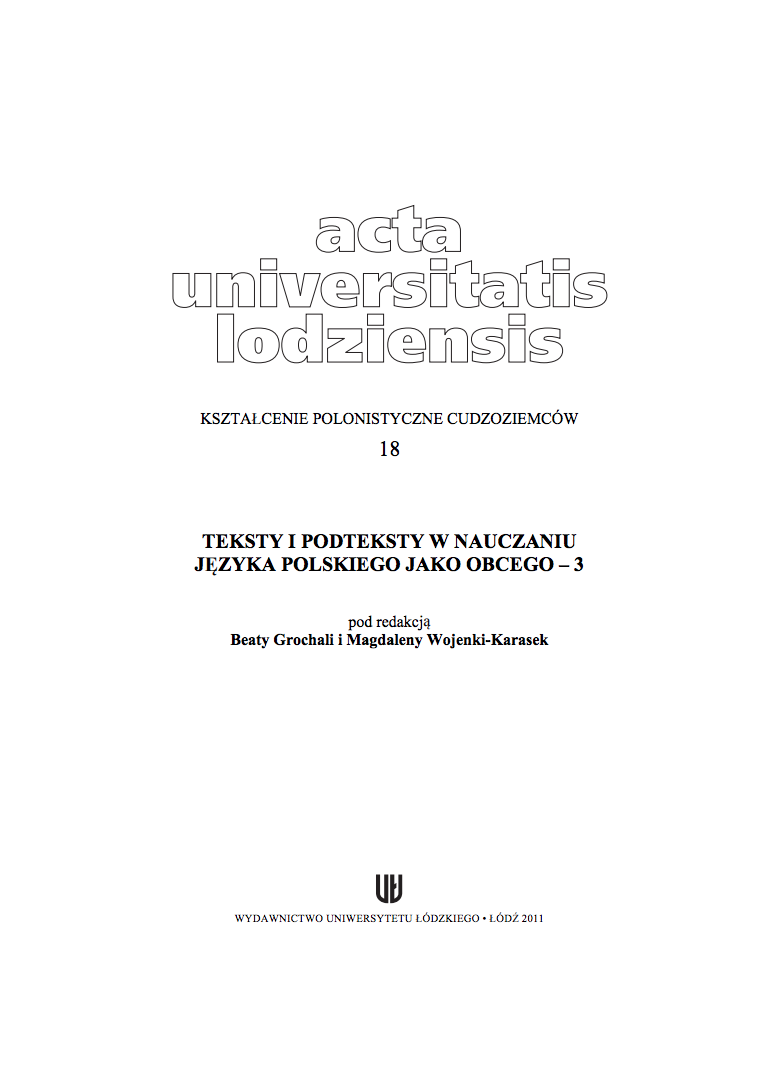POSTAĆ BEZOKOLICZNIKA A ODMIANA CZASOWNIKA W CZASIE PRZESZŁYM
THE INFINITIVE FORM AND THE CONJUGATION OF A VERB IN THE PAST TENSE
Author(s): Wiesław Tomasz StefańczykSubject(s): Theoretical Linguistics, Western Slavic Languages, Philology
Published by: Wydawnictwo Uniwersytetu Łódzkiego
Keywords: verb; infinitive; conjugation; the past tense;
Summary/Abstract: The subject of this article is the correlation between the infinitive form and the conjugation of a verb in the past tense. Research has shown that approximately 25 000 verbs are listed in contemporary Polish language dictionaries. In addition, further research has demonstrated that more than 99% of Polish verbs present the aforementioned correlation between the infinitive and past tense. Only approximately 80 verbs (and their derivative forms) have irregular past tense forms, e. g. piec ‘to bake’, strzec ‘to protect’, iść ‘to go’, znaleźć ‘to find’. To a lesser extent, verbs ending in -nąć (for example kwitnąć ‘to flourish’, pęknąć ‘to burst’) may be included in this group. The origin of the past forms of these verbs depends on historic factors and therefore, there is no correlation with contemporary verbs.
Journal: Acta Universitatis Lodziensis. Kształcenie Polonistyczne Cudzoziemców
- Issue Year: 2011
- Issue No: 18
- Page Range: 303-309
- Page Count: 7
- Language: Polish

